Reviews 12 min read
Vauxhall Corsa-e: An electric car without the flashiness
If you’re considering making the switch to an EV, the Vauxhall Corsa-e boasts decent range, impressive technology and an ease of use and familiarity that will appeal to those who are also a little risk-averse.
Discover EV expert verdict...
- Well-equipped
- Up to 209 mile range
- Interior and boot space more generous than some rivals
- Boring interior design
- Comparatively priced Renault ZOE has more range
- Some competitors drive better
Overview
For the first time Vauxhall is offering an electric version of its best-selling small car. By 2024, the British brand will have an electrified version of every model in its vehicle range, but for now the all-new, sixth-generation Corsa with a zero-emissions range of up to 209 miles is its first EV thanks to the fact it’s now owned by PSA Group, who have offered up its Common Modular Platform (CMP) platform. Will the Corsa-e – effectively a Peugeot e-208 in a plainer suit – have a similarly enormous impact as its conventionally powered brethren on the electric car market? We live with one for a week to find out.
Driving
With a 132bhp electric motor, 0-60 takes 7.6 seconds. While the first half of that dash feels very swift thanks to the 192lb ft of torque that it develops all at once, taking just 2.8 seconds to reach 31mph, it then seems to lose any guts thereafter taking almost another 5 seconds to get to 60mph. Saying that with a top speed of 93mph it will sit very comfortably on the motorway at 70mph, albeit with quite a bit of hullabaloo. Compared to some of its competitors the Corsa-e seems to suffer from wind and road noise, but nothing the radio won’t drown out.
Get it off the fast, straight A roads and onto the twisty stuff and sadly it’s no rival for the MINI Electric or Honda e. The electric version shares the same suspension setup on the front as the regular Corsa – pairing up coil springs to lightweight MacPherson struts with gas-pressure dampers and an anti-roll bar, but features additional body bracing to the front subframe (providing 30 per cent extra torsional stiffness). The rear however, has been modified with a Panhard rod to beef up the lateral stability. In addition the springs, dampers and anti-roll bar have been tweaked and the steering response recalibrated to cope with the 345kg added by the battery pack.
Despite all of these changes and the fact that it has a lower centre of gravity (-57mm/-10 per cent) and weight distribution is closer to an ideal 50/50 than its petrol counterpart, the Corsa-e still doesn’t communicate too well where the limits of grip are. It leans more in the corners, and while the steering is weightier compared to the standard car, it’s still too vague. Due to the fact that the ride errs on the firm side, we also found the ride quite choppy on uneven surfaces, and when you put your foot down through the corners it suffers from understeer. It’s pleasant enough but it ain’t no hot hatch.
We weren’t impressed by the Corsa-e’s regenerative braking system either (recovers the energy produced under braking or deceleration which is then converted into electrical energy and either used immediately or stored in the battery). There are two levels. In D mode the Corsa-e’s deceleration is similar to the engine-braking of a conventional car – great for those who are new to EVs, while in B mode it doubles the level of regeneration, but there is a marked delay until you sense the car baking itself when you lift off the throttle. They’re either on or off so it’s not very smooth and very hard to brake progressively, and even when it does engage it certainly doesn’t facilitate one pedal driving like in a Nissan LEAF.
There are three driving modes, as seems to be the norm nowadays: Sport is the only way you’ll access all 132 ponies, and at the same time see a driving range loss of around 10 per cent; Eco adjusts all of the car’s systems, bringing a reduced power output of 81bhp and 133lb ft of torque but supposedly extends its range by up to 40 per cent (giving it a theoretical range of 293 miles); Normal combines the best of each and is the best mode for everyday driving but cuts power to 108bhp.
Range and running costs
209 miles of range should be more than enough for most people – obviously what driving mode you’re in and whether you have climate control activated as well as your speed and outside temperature will all have an impact on your range, but if you head over to Vauxhall’s website you can play with all of these variables to see the outcome. We found over our week with it that you’ll need to stay in 'Eco' mode to get anywhere near the quoted range figure.
The Corsa-e will take a maximum of 100kW charge, which will give you 80 per cent in 30 minutes. At a 50kW charger you can increase that to 40 minutes, while charging to 100 per cent at a 7kW wall box charger takes 7 hours 30 minutes and from a domestic socket you’re looking at 19 hours 29 minutes.
Compared to a traditional petrol and diesel car, EVs are cheaper to run – with Vauxhall estimating you saving 30 per cent in maintenance costs as there are fewer moving parts and less wear on brakes, and it’s obviously far more efficient to drive. Vauxhall have compared a Corsa-e SE Nav 136hp Auto against a 1.2 SE 75PS petrol manual undertaking a journey of 40 miles, and based on an electricity rate of 4.7kWh (British Gas tariff) and fuel at 114p per litre, it would cost you 47p and £3.01 respectively, meaning that you’d make an annual saving of £927 in travel alone if you went electric.
They fail to mention that the price disparity between those aforementioned entry-level electric and petrol versions are just over ten grand (£26,640 vs £16,440), but there are other savings to be made. There’s zero road tax to pay, congestion charge and Benefit in Kind (2020/2021) for company car drivers for example, plus you get a free six-month subscription to the Polar public charging network (UK’s largest), with more than 7000 charging points nationwide (it is then £7.85 per month thereafter). And if that wasn’t enough, Vauxhall Care, which includes three years servicing, two years roadside assistance and one year MoT, is also included.
Furthermore if you purchase one on Personal Contract Hire, Vauxhall will throw in a free home charging unit and exclusive tariff, which comes with 30,000 miles worth of electricity credit (running an equivalent Corsa petrol model for 30,000 miles would cost £2900). This offer is valid until January 11, 2021, so you need to be quick.
For those that are switching to EVs for the environment alone – driving just 40 miles a day would also save 6.4kg of CO2 which over a year equates to the equivalent of you flying to Athens!
Design
The all-new Corsa has a sleeker profile with a streamlined coupe-like roofline, further accentuated by the fact it sits 48mm below the fifth-generation Corsa, with no compromise to headroom thanks to a 28mm lower driving position. How does the electric version differ from the regular one? Well it has aerodynamically-optimised wheels and tiny 'e' logos on the B-pillar and tailgate. It also has a slightly longer wheelbase than the conventionally powered Corsa, with its rear torsion beam pushed farther back, widening both the front and rear tracks ever so slightly to accommodate the 50kW battery that’s packaged in an H-shaped layout directly beneath the rear bench and front seats. It’s a great looking car, especially in the £550 Voltaic Blue Two-Coat metallic paint that our test car came in.
The new Corsa also gets multiple-award winning IntelliLux LED matrix lights – a first for the small car segment. They continuously adapt the light beam to the traffic conditions and surroundings, automatically cutting out preceding or oncoming vehicles out of the light pattern. The Corsa-e is also available with LED lights that are 80 per cent more energy efficient compared to normal halogen bulbs.
Compared to the exterior, the cabin is rather bleak and dull with a lot of black plastics – the quality of the materials doesn't quite match up with the price tag. It is smart at least and feels well put together, and the controls are sensibly laid out and easy to use. There’s quite a lot of leg and head room for two adults up front and three children (of moderate stature) in the back, while luggage space is practical with 390 litres (extended to 1118 with the rear seats folded). There are also decent-sized door bins and a storage cubby between the front seats for personal items, as well as two large cup holders and a tray for your phone.
As well as a digital instrument cluster, the new Corsa’s infotainment ranges from the Multimedia Radio and Multimedia Navi with 7 inch colour touchscreen, to the top-of-the-range Multimedia Navi Pro with 10 inch colour touchscreen, as fitted to our test car. All feature Apple CarPlay and Android Auto smartphone integration. Its graphics look a bit outdated, and it’s not as responsiveness as some of the best rivals’ screens, but it’s okay.
Comfort and practicality
For the 2021 models Vauxhall has introduced updated prices and specifications for the 7.4kW Corsa-e and renamed the trim levels to suit, now including the word ‘Premium’ in recognition of the comprehensive standard safety equipment (a good job too, given its four-star Euro NCAP rating).
We had a 2020 Model Year Corsa-e so our trim adhered to the old naming structure – Elite Nav (£31,160), which will be renamed Elite Nav Premium (£30,045) and sits at the top of the range. The entry level is called SE Nav Premium (costing £26,640 vs the older SE Nav at £26,415) and probably has enough kit for most people, and sitting in the middle is the sportier SRi Nav Premium trim (£28,740) which adds 17 inch alloy wheels, sports seats, specific SRi interior with red accents, tinted rear windows and sports pedals.
Standard safety and driver assistance features include Active and Automatic Emergency Braking with Pedestrian and Cyclist Detection, Drowsiness Detection, Lane Keep Assist, Traffic Sign Recognition, automatic climate control, Keyless Entry & Go and rear parking sensors.
With the MyVauxhall app, available with Vauxhall Connect, owners can access information, such as the remaining range, charging status of their car, the cheapest re-charging options and pre-conditioning of the interior. The tech calculates the car’s range taking into account the amount of charge left and the previous driving style, so in theory it should prove fairly accurate when you’re planning routes. The app will benefit from additional features over time, so users can remotely control the lights for example, and a new digital key feature providing remote locking and un-locking across even greater distances – handy if you’ve forgotten where you parked your car!
Verdict
Corsa has been Vauxhall’s best-selling car for many years, with over 2.1 million of them sold in the UK alone since it launched in 1993. The British have a fondness for the car’s compact dimensions, familiar styling and interior packaging, and these elements have not changed in converting it to electric. However, the price tag has. Taking the two most comparable 2021 Model Year petrol and electric versions in terms of spec (Sri Nav Premium) and power (there’s literally 2bhp difference) its £23,795.00 vs £27,890 respectively. Not bad. However, there’s no getting away from the fact that when you compare the entry-level petrol and electric Corsas there is a ten grand price difference – even though the ICE version has almost half the power a lot less kit.
Will the suite of advanced technologies, driver assistance systems and connectivity, combined with the promise of lower running costs be enough for existing fans to make the switch? Perhaps. It might also tempt people who are new to Vauxhall, after all there’s research to suggest EV buyers are not brand loyal. When it comes to small electric cars there is a choice now with the similarly priced Peugeot e-208 (from £29,725), Honda E (from £27,160), MINI Electric (from £25,100) and Renault ZOE (from £26,995) all competing in the same space. For those that want the biggest driving range – bar the smaller ZOE with 245 miles and e-208 with 217, the Corsa-e takes the lead. You may also want to consider the bigger 40kWh Nissan LEAF (from £26,845), MG ZS EV (from £25,495) and Hyundai Kona Electric (from £30,150).
If you want to make a styling statement and have more fun behind the wheel this is not the car for you, which is probably why Vauxhall is aiming the Corsa-e at those who might not otherwise look at an EV. They are for the drivers who like the idea of zero tailpipe emissions but don’t want to shout about their new found commitment. It’s comfy, nippy, practical and reassuringly familiar, but lacks that certain je ne sais quoi.
And don't forget, if you do like this make and model of car you just read about, you could secure a discount if you use our partner e-car leasing service using the code DEV-ECAR.
Key Specs
2020 Vauxhall Corsa-e Elite Nav 11kW
Price (RRP OTR): From £31,160 (MY2020, including PiCG); £31,710 (model tested)
Top speed: 93mph
0-60mph: 7.6 seconds
Power: 132bhp
Torque: 192lb-ft (260Nm)
Driving range: 209 miles
Power consumption: 16.5kWh/100km
Charging time: 30 minutes (100kW rapid charger 15 - 80%); 40 minutes (50kW rapid charger); 5 hours (22kW public charging 15-80%), 7 hours 30 minutes (7kW wall box 0-100%)
Insurance group: 25E
Vehicle warranty: 3 years/60,000 miles
Battery warranty (and roadside assistance): 8 years/100,000 miles for 70 per cent of its capacity
Update 20.12.21: In response to the government reducing the scope of the plug-in car grant so it now only applies to cars under £32,000, Vauxhall has slashed £3000 off the price of its entire Corsa-e range. Whilst two out of three Corsa-e specification levels would still have qualified for the grant, the £3k price cut means all three are now eligible and makes the B-segment hatch even more competitive in a busy area of the market. On the road prices including the PiCG are now as follows: SE - £25,805, SRi - £27.055, Elite - £29,410.

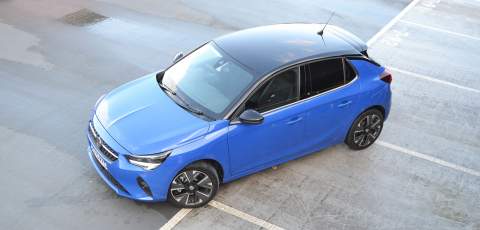


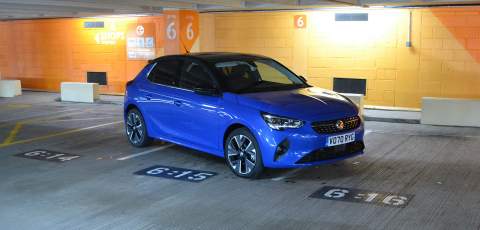
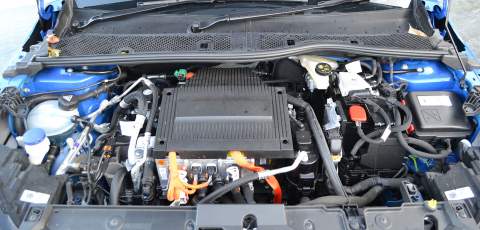
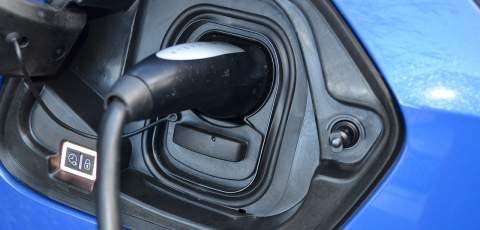
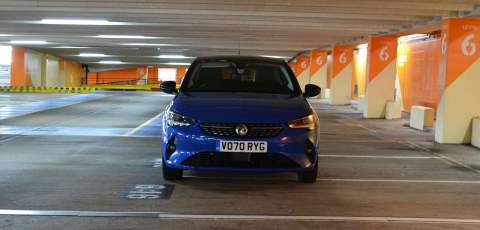
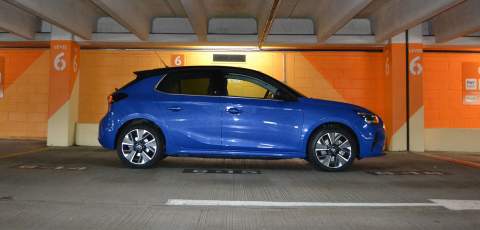
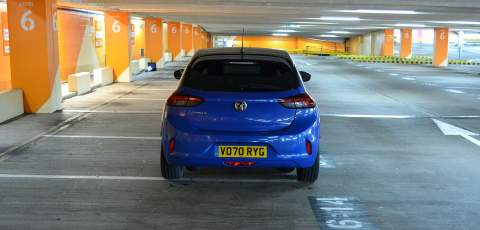
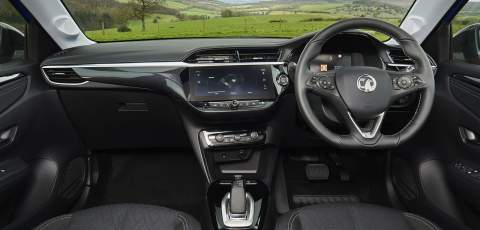
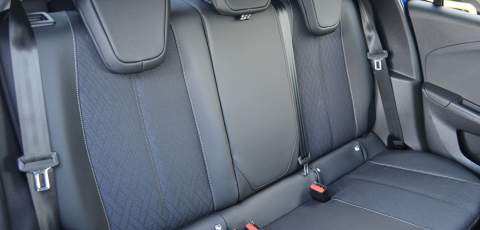
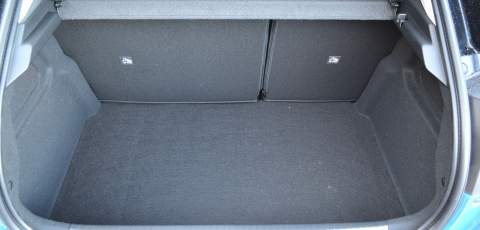
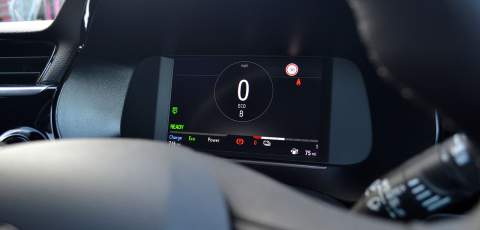
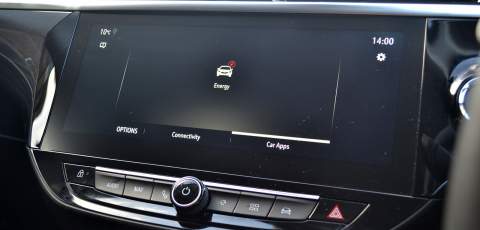

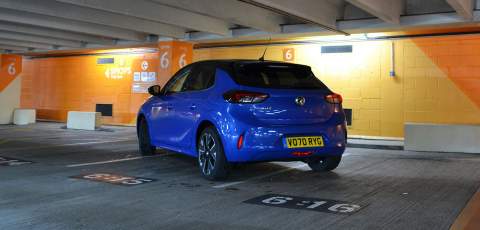

1024px.jpg)
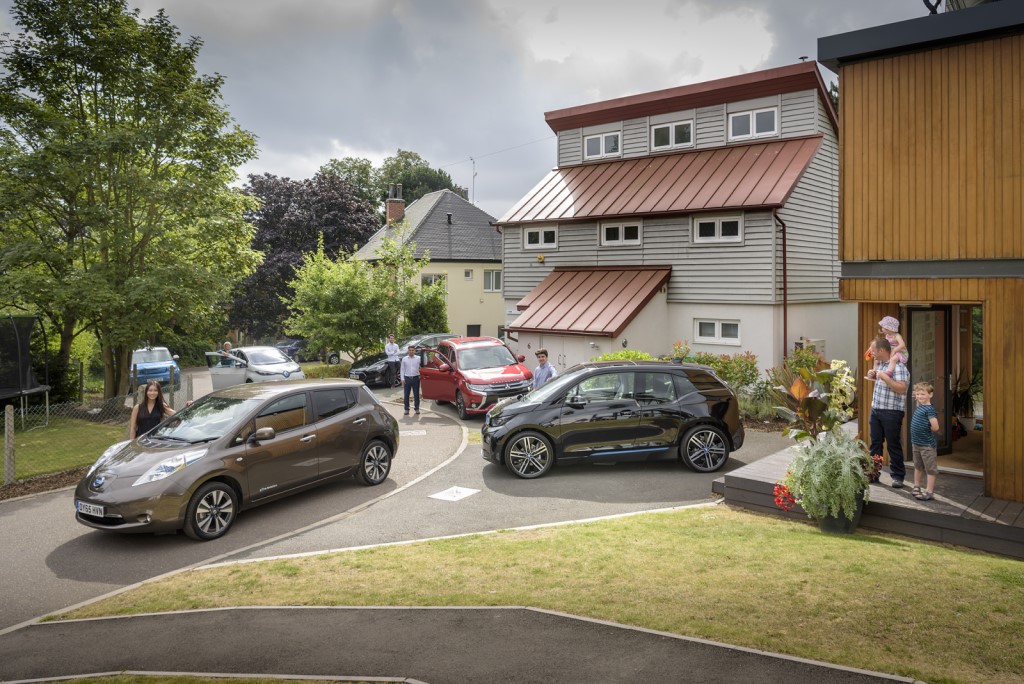
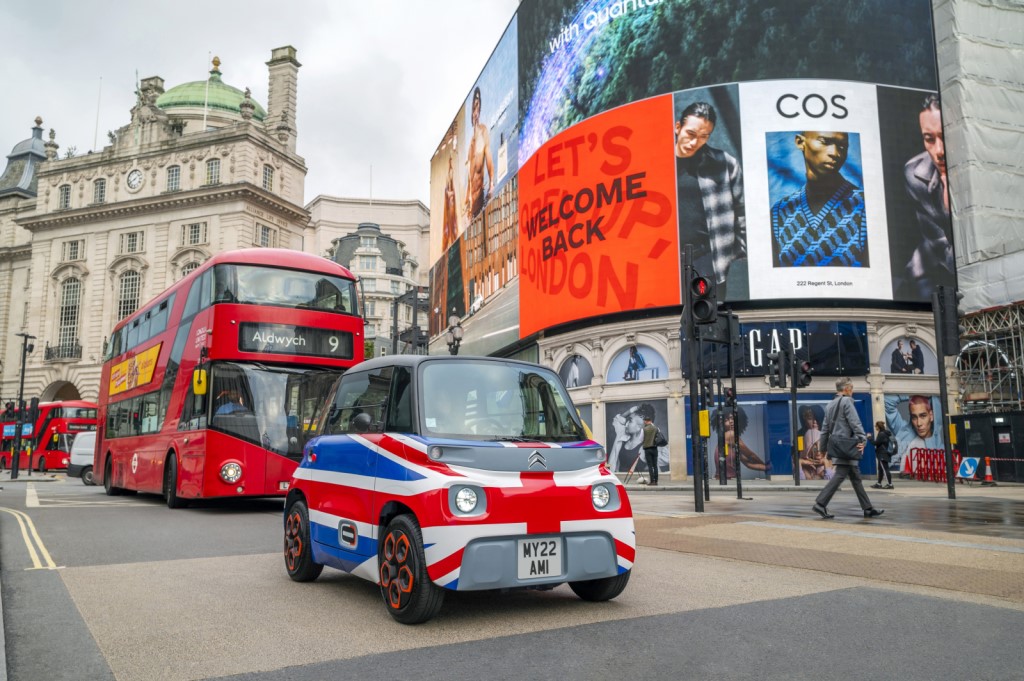
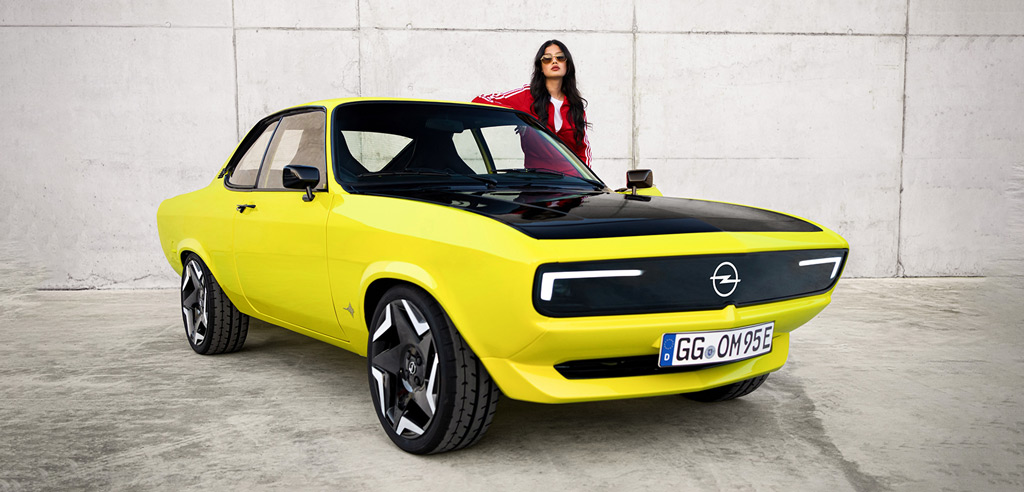
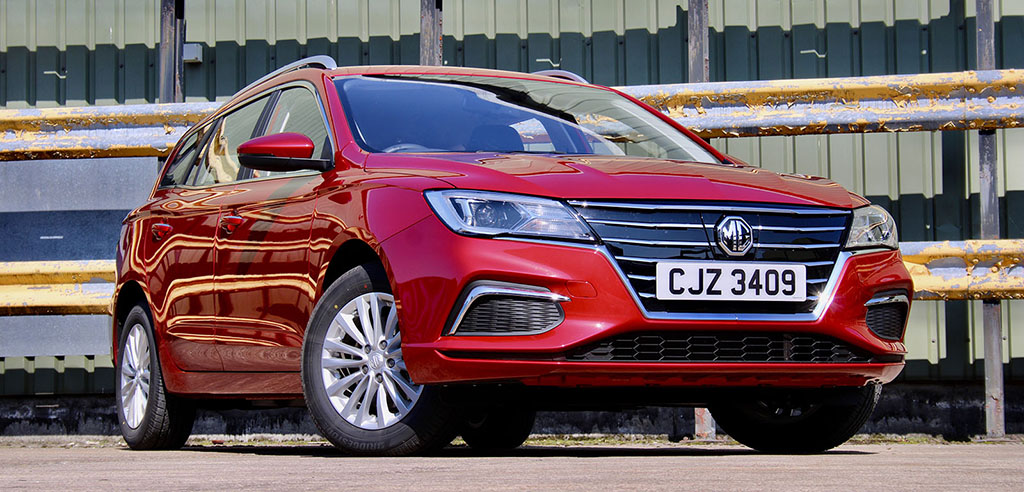
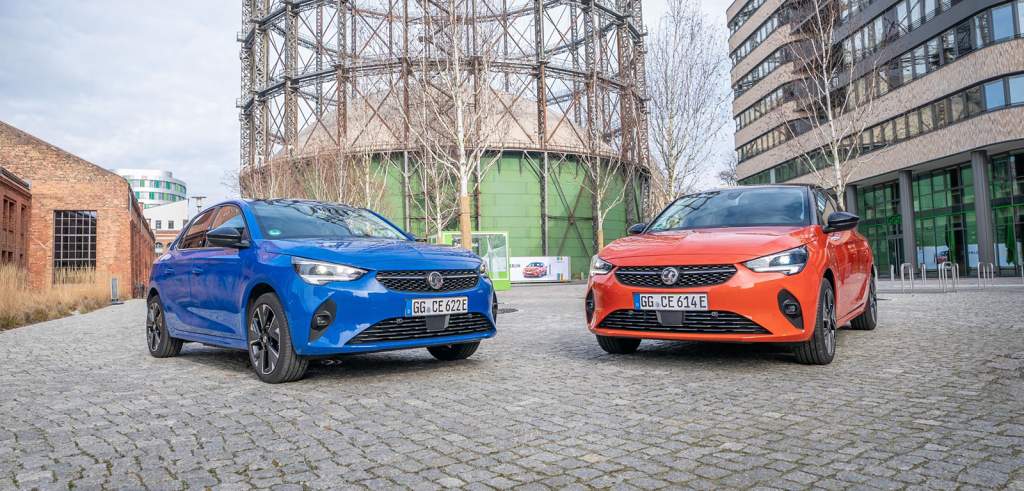

Comments (0)
Be the first to write a comment
Login/ Signup